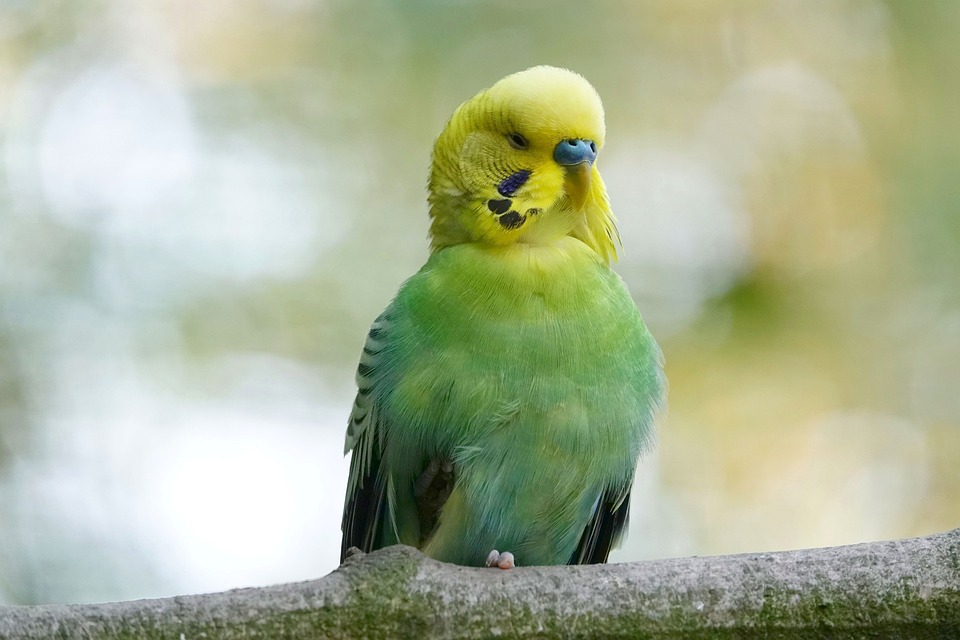Parrots are highly intelligent and social creatures that thrive on interaction and mental stimulation. Engaging in interactive play with your parrot is not only a great way to bond with them but also to provide them with the mental and physical exercise they need for a healthy and happy life. However, it’s crucial to understand how to recognize signs of excitement during playtime to ensure that your parrot remains comfortable and stress-free. In this article, we will explore various behaviors exhibited by parrots when they are excited during interactive play.
One of the most common signs of excitement in parrots is when they start flapping their wings vigorously. This behavior is often accompanied by excited vocalizations, such as squawking or chirping. When your parrot is actively flapping its wings during playtime, it indicates that they are thoroughly enjoying the interaction and are highly engaged.
Another visual cue that parrots display when they are excited is tail wagging or fanning. This behavior is often seen in conjunction with wing flapping and is an excellent indicator of their heightened enthusiasm. A rapidly moving or fanned-out tail demonstrates their excitement and enjoyment during interactive play.
Pay attention to your parrot’s eyes during playtime. When they are excited, their pupils may dilate, making their eyes appear larger than usual. Dilated pupils are a common physiological response to heightened stimulation and indicate that your parrot is fully engaged and enjoying the interactive play session.
Parrots often bob or nod their heads when they are excited. This behavior is a way for them to show their enthusiasm and can be observed during play or when they are anticipating a particular activity. Head bobbing or nodding is a positive sign that your parrot is actively participating and enjoying the interactive play session.
While not commonly associated with excitement, beak grinding can sometimes occur during playtime when a parrot is particularly content and relaxed. This behavior is characterized by the rhythmic rubbing of the upper and lower beak together and often indicates a state of comfort and happiness.
Parrots, like humans, have individual personalities. While most parrots exhibit signs of excitement during play, the intensity and expression of their excitement may vary. Some parrots may be naturally more exuberant, whereas others may display excitement in more subtle ways.
If your parrot appears excessively excited or agitated during interactive play, it is essential to assess the situation. Ensure that the play environment is safe and free from potential stressors. If needed, take a short break to allow your parrot to calm down before resuming playtime.
While parrots can become excited during play, it is essential to monitor their behavior closely. In some instances, excessive excitement may lead to aggressive behaviors, such as biting or lunging. If you notice any signs of aggression, it’s crucial to consult an avian behaviorist for guidance on how to modify and manage these behaviors.
To encourage interactive play, provide a variety of toys, puzzles, and games that stimulate their natural instincts. Experiment with different activities and observe your parrot’s preferences to create an enjoyable and enriching playtime experience.
While excitement during play is generally positive, excessive and prolonged excitement can potentially lead to stress and exhaustion in parrots. It’s important to monitor your parrot’s energy levels and provide breaks and rest periods to prevent overstimulation and ensure their well-being.
In conclusion, recognizing signs of excitement during interactive play with parrots is crucial for understanding and meeting their needs. Paying attention to behaviors such as wing flapping, tail wagging, dilated pupils, head bobbing, and beak grinding can help you gauge your parrot’s level of enjoyment and engagement. By providing a stimulating and safe play environment, you can further strengthen the bond with your parrot and promote their overall well-being.









